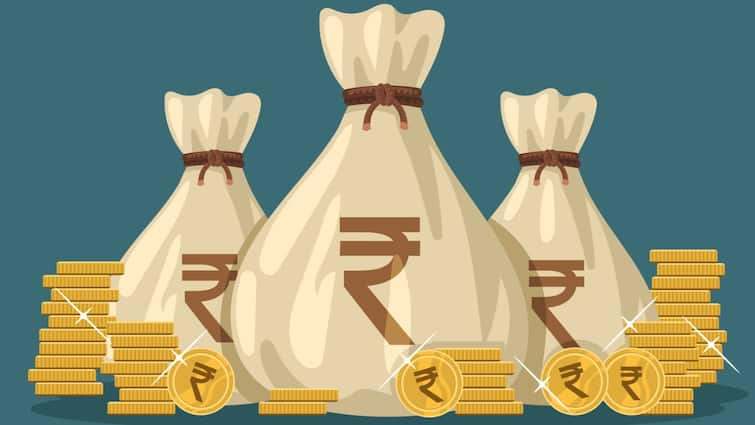Last Updated:
The Naidu government argues that it inherited a stressed power sector, dependent on costly short-term power purchases. The power minister said these purchases were unnecessary

While the reduction may be modest, the underlying moves signal a long-term approach that could reshape Andhra Pradesh’s energy landscape.
The Andhra Pradesh government has announced a reduction in electricity tariffs — a move that aims to ease the financial burden on households and businesses. While the cut is modest, it marks a significant policy shift in a landscape where energy prices have generally been rising across India.
Recommended Stories
Andhra Pradesh Power Minister Gottipati Ravikumar revealed that starting November, electricity rates will drop by 13 paise per unit — meaning a savings of about Rs 13 for every 100 units consumed. While this may sound small, the minister stressed that it is the first step in a broader plan to reduce electricity costs over time. He also pledged further reductions in the future.
At a press conference in Amaravati, Ravikumar said this move is part of fulfilling promises made during the coalition government’s election campaign, which focused on lowering the cost of living and easing the burden on consumers.
Why Have Tariffs Been Cut Now?
For years, electricity pricing in Andhra Pradesh has been a political and economic flashpoint. Under the previous administration, electricity charges rose significantly — by as much as nine times — according to the current government. That period also saw the state pushed into a debt trap of Rs 1.25 lakh crore, with claims that power generation and infrastructure were neglected.
The current government argues that it inherited a stressed power sector, heavily dependent on costly short-term power purchases from outside states like Rajasthan and Haryana. Ravikumar said these purchases were unnecessary and expensive, costing consumers dearly. Under the new reforms, the government says such reliance has been sharply reduced, making it possible to bring rates down.
What Are The Political And Economic Reasons?
The tariff reduction is also being positioned as part of a broader political narrative of the Andhra Pradesh government. The coalition government credits Chief Minister Chandrababu Naidu’s experience in power sector reform for enabling the cut. Officials point to measures such as reducing costly short-term purchases and investing in renewable energy infrastructure as the backbone of this strategy.
The government also accuses its predecessor of mishandling the power sector by weakening the state generation (GENCO) and transmission (TRANSCO) systems, wasting resources at major plants, and ignoring central subsidies. The new administration says it is now correcting those missteps.
What Are The Key Measures Beyond The Tariff Cut?
The government is implementing a range of initiatives aimed at boosting power production and reducing consumer costs:
Solar Rooftop Expansion: Under the PM Surya Ghar scheme, the government plans to install 20 lakh solar rooftop units across the state. These will be provided free to SC/ST households and heavily subsidised for BC communities, with up to Rs 20,000 in support.
Improved Supply Quality: Under the PM Kusum initiative, high-quality electricity will be supplied for nine hours a day from 12 KV lines, and coal consumption at the Vijayawada Thermal Power Station (VTPS) will increase from 70% to 90%.
Reviving Power Plants: Plans are underway to restart operations at Krishnapatnam and Kadapa plants, boosting the state’s power generation capacity.
Renewable Energy Boost: Priority will be given to wind and solar energy projects, especially in Rayalaseema, along with completed tenders for battery storage to store daytime solar energy for night use.
Infrastructure Investment: Large-scale construction of substations — including 400 kV, 200 kV, and 33/11 kV stations — is in progress, ensuring robust supply for future needs.
Economic Implications For Andhra Pradesh
This tariff cut, though modest, signals a larger effort to stabilise Andhra Pradesh’s power sector and improve affordability. For households, it means tangible savings on monthly bills, particularly for industrial and small business consumers who use large quantities of electricity.
For the state economy, cheaper and more reliable power could spur business growth, attract investments, and strengthen Andhra Pradesh’s competitiveness, particularly in sectors such as manufacturing and IT.
What Are The Challenges Ahead?
Despite the optimism, challenges remain. The reduction is small, and critics argue that it may not significantly ease household expenses unless accompanied by deeper structural reforms. Additionally, the government must ensure that promised projects — such as rooftop solar installations and plant revivals — are delivered on time to sustain these benefits.
There are also broader questions about how the state will manage its energy needs as demand grows by 6-8% annually. Scaling renewable energy, ensuring fuel supply for thermal plants, and keeping transmission systems robust will be crucial.
The Bigger Picture
This tariff cut is more than a rate adjustment — it is part of a strategic push by Andhra Pradesh to reshape its power sector. It reflects an effort to balance consumer relief with sustainable energy policy, infrastructure upgrades, and political accountability.
While the reduction may be modest, the underlying moves signal a long-term approach that could reshape the state’s energy landscape — and potentially make Andhra Pradesh a model for tariff reform in India.
About the Author
The News Desk is a team of passionate editors and writers who break and analyse the most important events unfolding in India and abroad. From live updates to exclusive reports to in-depth explainers, the Desk d…Read More
The News Desk is a team of passionate editors and writers who break and analyse the most important events unfolding in India and abroad. From live updates to exclusive reports to in-depth explainers, the Desk d… Read More
September 29, 2025, 12:24 IST
Loading comments…
Scan the QR code to download the News18 app and enjoy a seamless news experience anytime, anywhere



